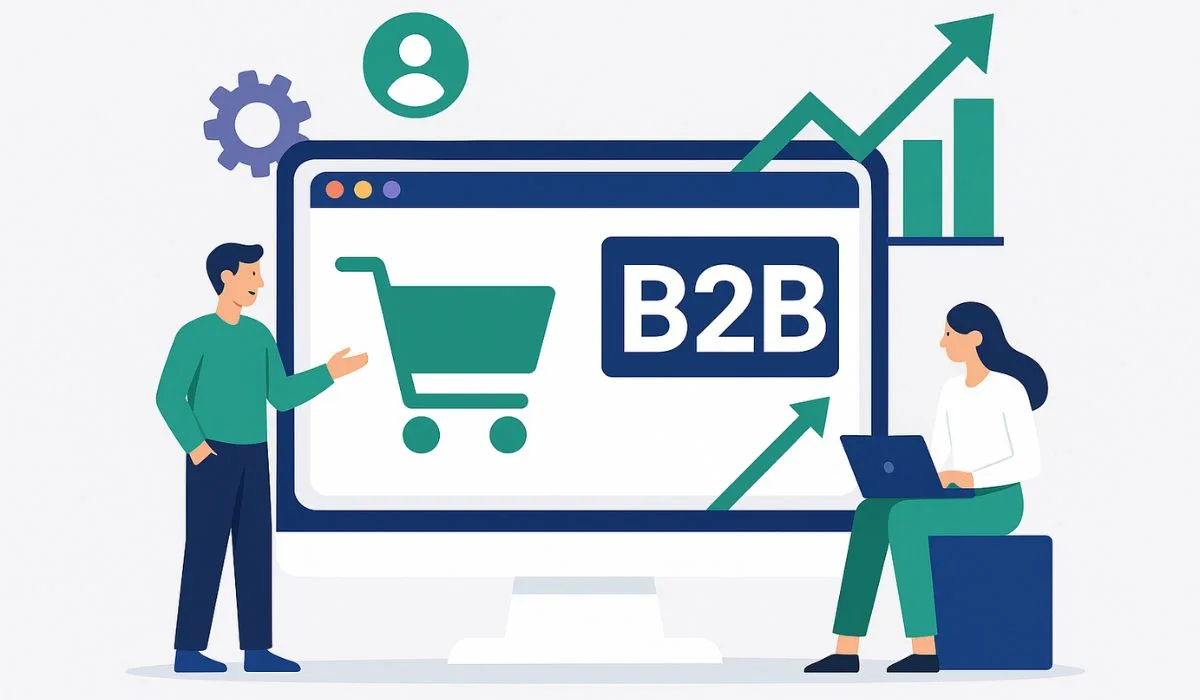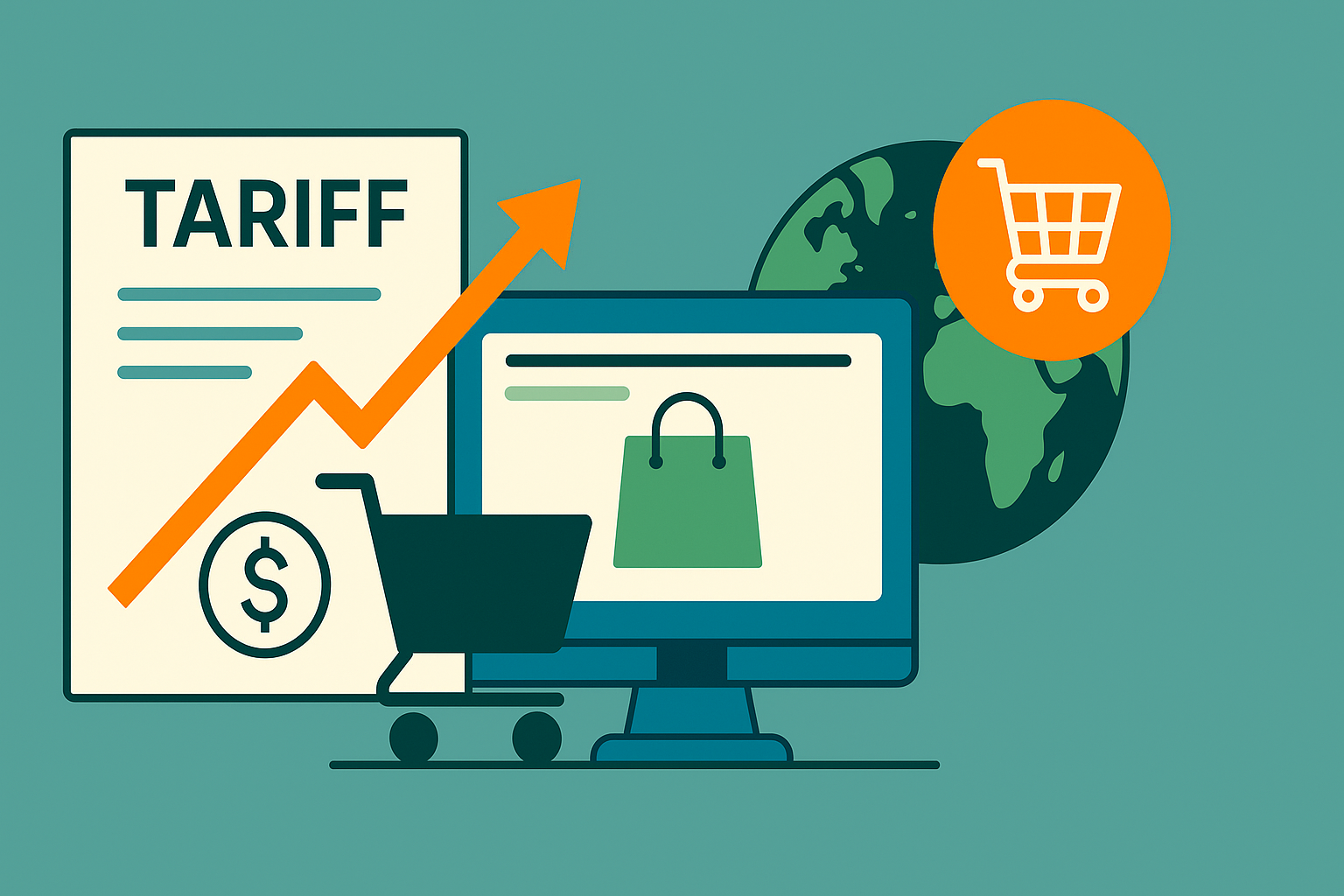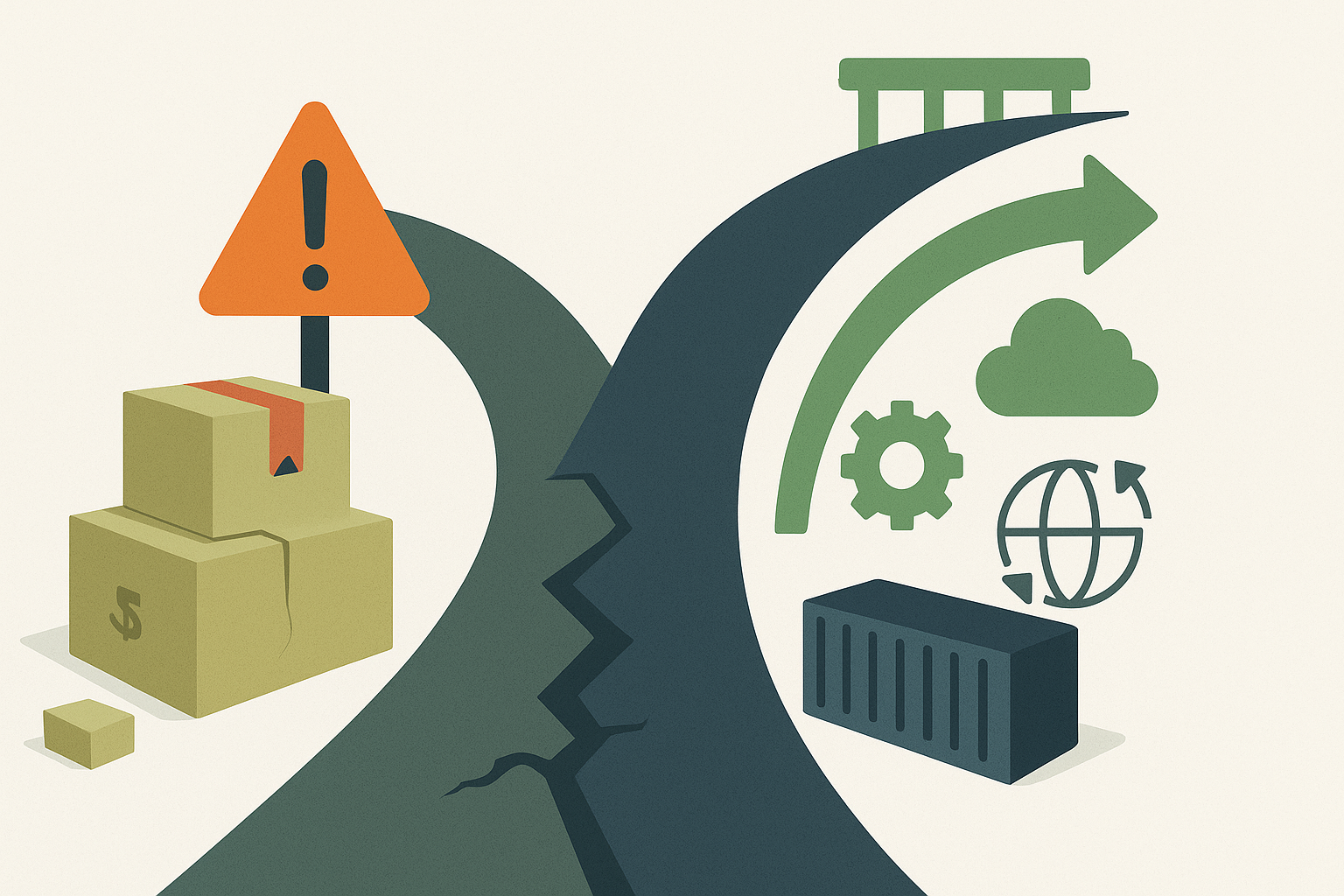The Hidden Pitfalls of Scaling B2B eCommerce (And How to Avoid Them)
“Scaling is the goal, but is your business ready for it?”
Growth is exciting—until it starts breaking things. When B2B companies expand their eCommerce operations, they often focus on sales volume and market reach. But behind the scenes, poor system integrations, a lack of scalability planning, and a frustrating buyer experience can quietly erode progress.
Scaling B2B eCommerce isn’t just about doing more—it’s about doing it right. Let’s dive into the challenges of scaling B2B eCommerce the biggest mistakes businesses make when expanding and, more importantly, how to avoid them.
1. Your Systems Don’t Talk to Each Other
The Problem: Expanding means more customers, more transactions, and more data. But if your ERP, CRM, PIM, and eCommerce platforms don’t sync seamlessly, you’re headed for trouble.
- Orders get delayed because inventory numbers are outdated.
- Customer service teams struggle with incomplete data.
- Sales reps manually enter information, increasing errors.
Why It Happens: Many B2B companies build their tech stack piece by piece without a long-term integration plan leading to ERP, CRM, and eCommerce integration issues. The result? A tangled mess of disconnected systems.
“The biggest challenge with integrations is that businesses often don’t think beyond their immediate needs. They implement a quick solution without considering how it will scale in the future. A business might integrate their current ERP with their eCommerce platform, but when they switch ERPs or CRMs later, they realize that their integrations aren’t flexible enough, leading to costly redevelopment.” — Fahad Shiekh
The Fix:
- Prioritize API-first platforms that allow seamless integration.
- Invest in middleware solutions to bridge communication gaps between legacy and modern systems.
- Regularly audit data flows to catch inconsistencies before they hurt the business.
A seamless experience isn’t just a nice-to-have; it’s a deal-breaker. In fact, 67% of B2B buyers have switched vendors because they found a smoother digital purchasing experience elsewhere. (Source: McKinsey & Company) Ignoring integration issues doesn’t just slow down operations—it actively drives customers away.
2. Scaling on a Weak Infrastructure
The Problem: Your eCommerce website crashes when traffic spikes. Pages take forever to load. You can’t support multiple price lists or region-specific catalogs. These bottlenecks kill revenue and customer trust. The fact is, if your eCommerce platform takes more than three seconds to load, 53% of mobile users will abandon it—costing you potential revenue before they even see your products.
Why It Happens: Many businesses choose platforms that meet their current needs but don’t think about future demand. As sales increase, their systems struggle to keep up.
“Businesses underestimate the need for flexible, scalable infrastructure. They build their eCommerce operations on rigid platforms, and when they expand into new markets or add new product lines, they find that their system can’t support multi-region pricing, tax handling, or inventory management. The key is to think five to ten years ahead when selecting your platform.” — Fahad Shiekh
The Fix:
- Choose cloud-based, scalable platforms that can handle traffic surges and complex B2B eCommerce functionalities.
- Invest in a headless commerce setup for flexibility and performance.
- Use caching, CDNs, and optimized databases to improve speed and reliability.
3. Your Buying Experience Frustrates Customers
The Problem: B2B buyers expect Amazon-like efficiency. If they have to jump through hoops to place an order, they’ll leave—or call your sales team, adding friction instead of reducing it.
- No self-service options? Buyers get frustrated.
- Complicated checkout? They abandon their cart.
- Pricing inconsistencies? They’ll question your credibility.
Why It Happens: B2B businesses often design their eCommerce experience around internal processes rather than what customers actually need.
“B2B buyers don’t just want self-service; they expect it. Many companies still rely on manual processes for bulk ordering, approvals, and quotes, forcing buyers to engage with sales teams unnecessarily. This slows down transactions and drives customers to competitors who offer frictionless ordering experiences.” — Fahad Shiekh
The Fix:
- Implement self-service portals where customers can track orders, access documentation, and reorder easily.
- Enable quick order forms and saved shopping lists for frequent purchases.
- Personalize pricing and catalogs based on customer segmentation.
4. No Clear Data, No Smart Decisions
The Problem: Scaling without analytics is like driving blind. B2B digital transformation roadblocks make it difficult to know what’s working, what’s failing, or where you’re losing money. Businesses that rely on data-driven decision-making are 23 times more likely to acquire customers than those that don’t.
- Marketing campaigns feel like a guessing game.
- Sales teams don’t have data-driven insights to close deals.
- Customer behavior patterns go unnoticed, leading to missed opportunities.
Why It Happens: Companies often rely on outdated reporting methods or spread data across multiple systems without centralization.
“Many businesses assume real-time data is the ultimate goal, but accuracy should always come first. It’s better to have a system that provides slightly delayed but highly reliable insights than to make real-time decisions based on incomplete or incorrect data. The best strategy is to build an analytics framework that prioritizes both accuracy and accessibility.” — Fahad Shiekh
The Fix:
- Use real-time analytics tools that provide visibility into sales trends, customer behavior, and operational efficiency.
- Set up KPIs that actually matter, like conversion rates, average order value, and churn rate.
- Leverage AI-driven insights to predict buying behaviors and optimize marketing efforts.
5. Security Becomes an Afterthought
The Problem: Bigger operations mean bigger risks. Expanding eCommerce exposes your business to fraud, data breaches, and compliance challenges. So here’s a fact, a staggering 43% of cyberattacks target small to mid-sized businesses, and 60% of them shut down within six months after a breach. The problem is, that most companies are not prepared to tackle these challenges, thus losing business overall.
Why It Happens: Security is often treated as a one-time setup, rather than an ongoing strategy.
The Fix:
- Ensure PCI-DSS compliance for payment security.
- Implement multi-factor authentication and role-based access control.
- Regularly conduct penetration testing to find and fix vulnerabilities.
6. You’re Scaling Costs, Not Profits
The Problem: Your revenue is increasing, but so are your expenses—sometimes at an even higher rate. Smart businesses tackle this with automation, and 75% of companies say it has helped reduce operational costs
- More sales shouldn’t mean more inefficiencies.
- Manual work still dominates your processes.
- Fulfillment costs skyrocket because of disorganized operations.
Why It Happens: Businesses expand operations without optimizing processes, leading to wasted time and bloated overhead.
The Fix:
- Automate order management to reduce manual work.
- Optimize pricing strategies and bundle high-margin products.
- Streamline fulfillment by integrating with third-party logistics providers.
7. Your Team Resists the Change
The Problem: Sales teams don’t trust the eCommerce platform. Marketing doesn’t know how to leverage it. IT struggles to keep up with support requests.
Why It Happens: A lack of internal alignment and training slows down digital adoption.
The Fix:
- Get leadership buy-in early and communicate the benefits clearly.
- Provide ongoing training and involve key teams in decision-making.
- Align sales and eCommerce goals to ensure collaboration, not competition.
Scale Smarter, Not Just Bigger
Scaling isn’t just about selling more—it’s about building a sustainable, efficient, and profitable operation.
“Scaling a B2B business isn’t about rushing to the top—it’s about building the foundation to stay there. Flexibility, foresight, and the right partners make all the difference.” — Fahad Sheikh
If you’re looking for a partner who understands how to scale B2B eCommerce without the headaches, let’s talk.
Contributors
-

Tooba Nadeem
writer
-

Fahad Sheikh
Head of Growth and Product


